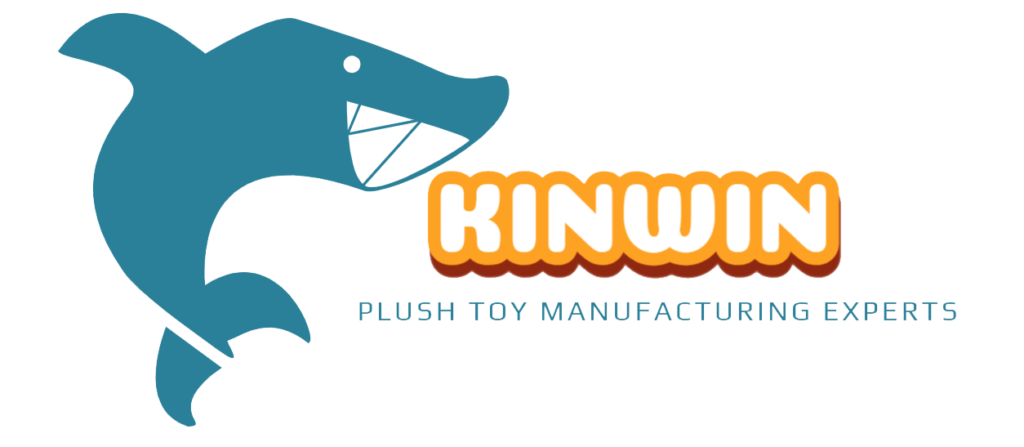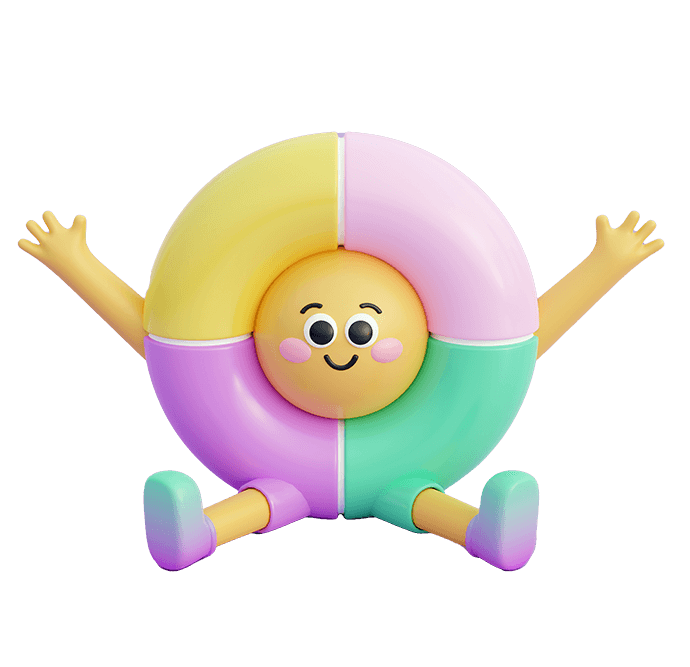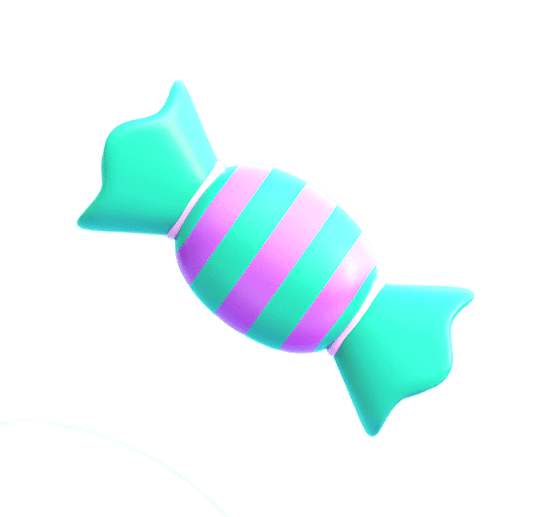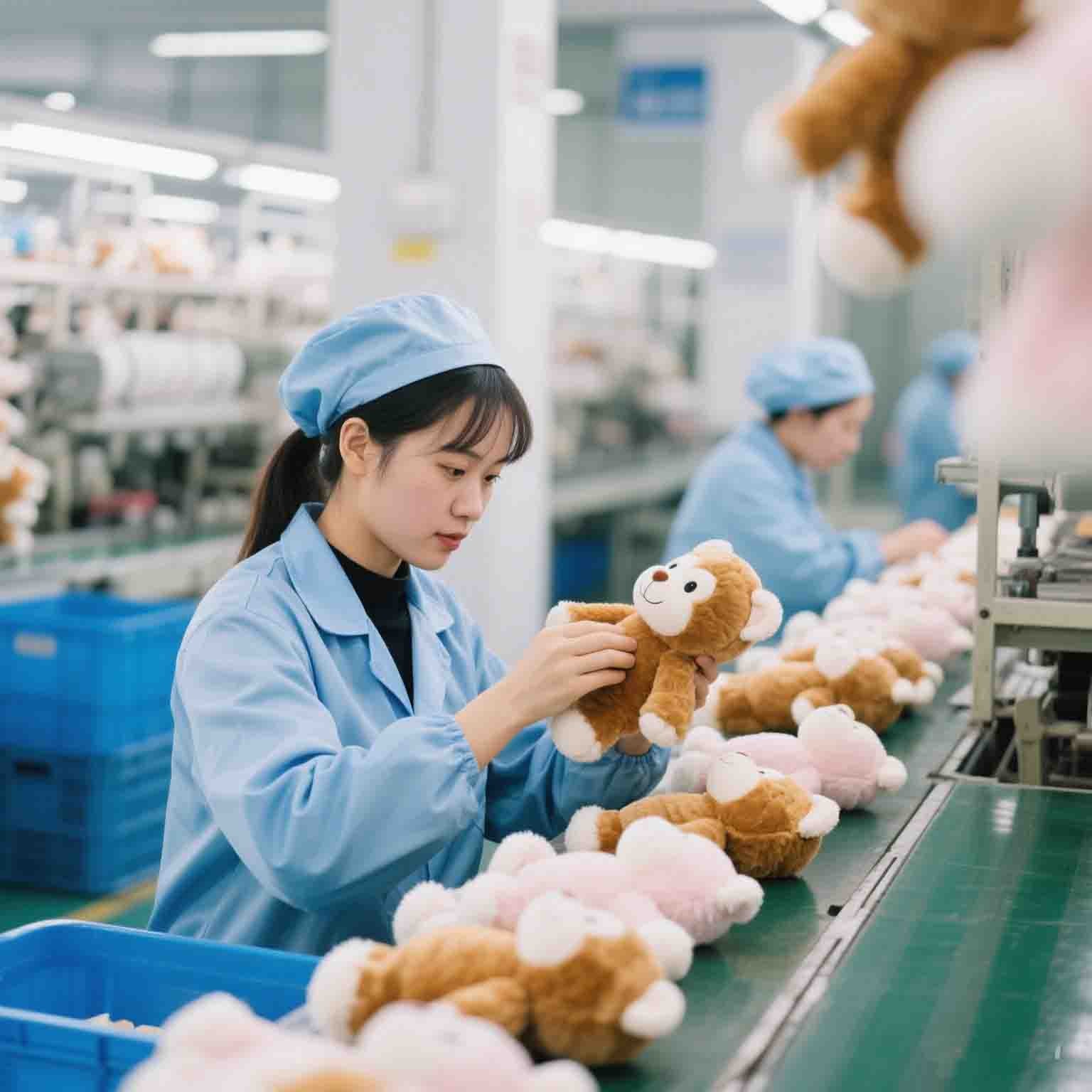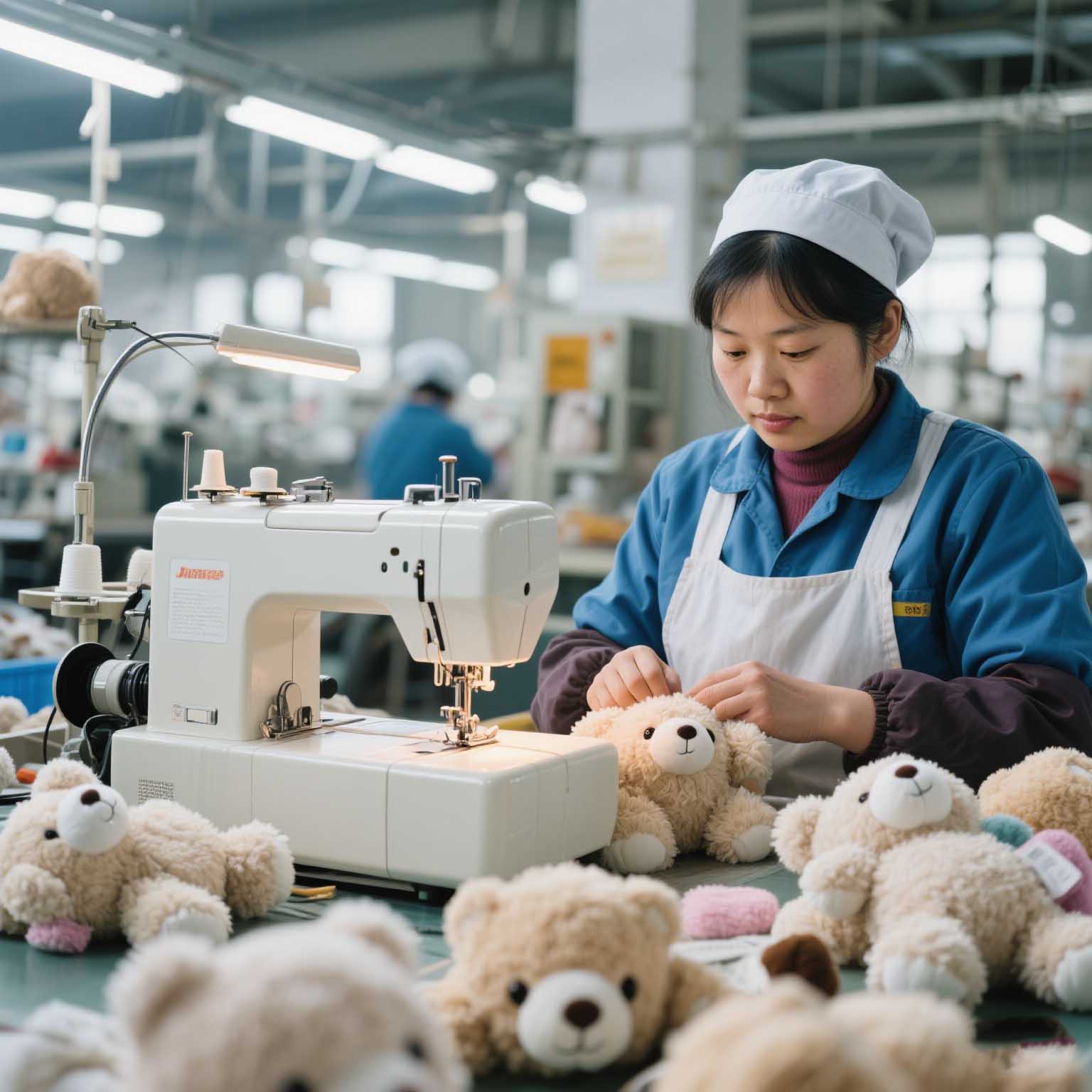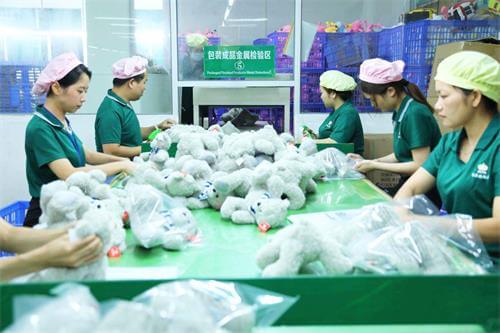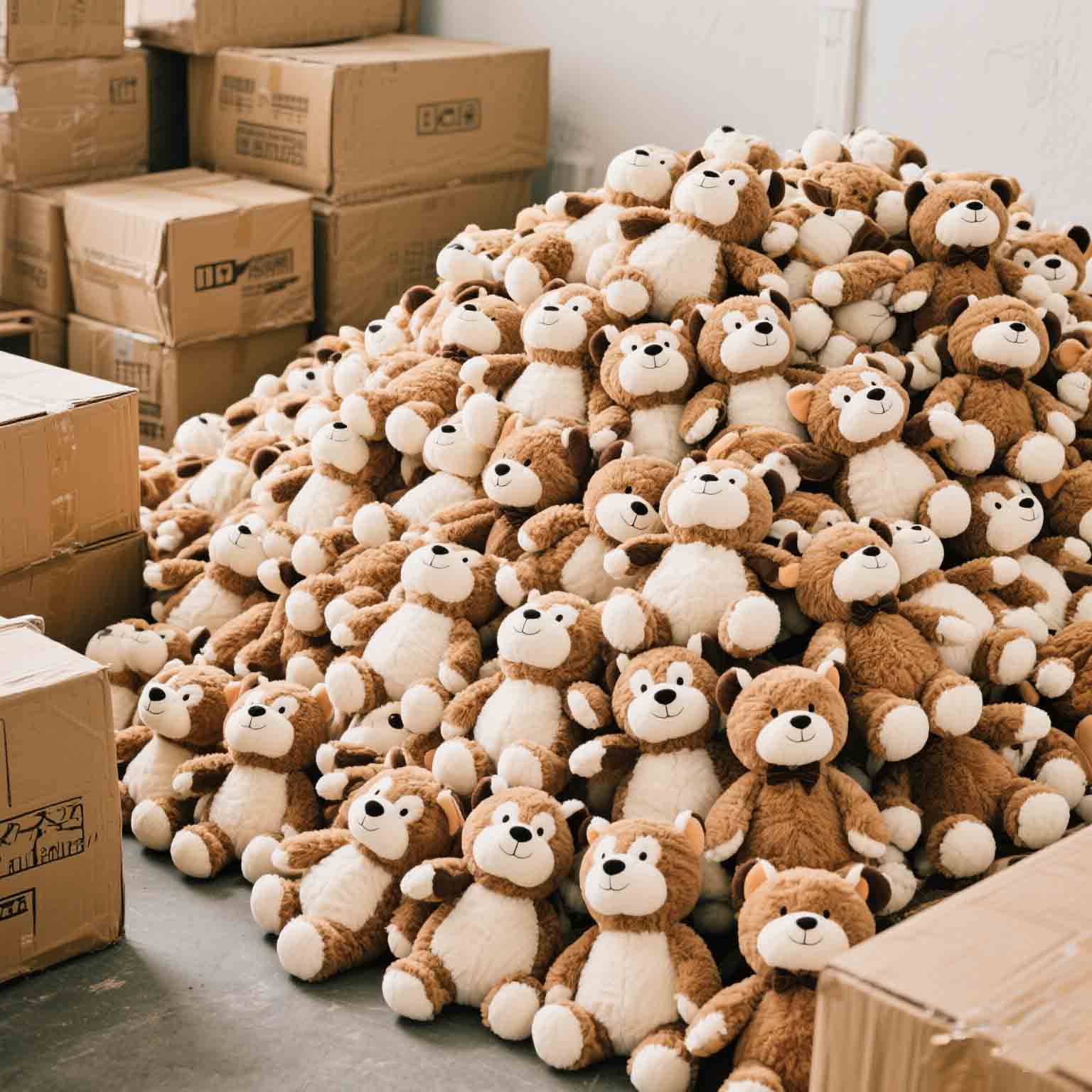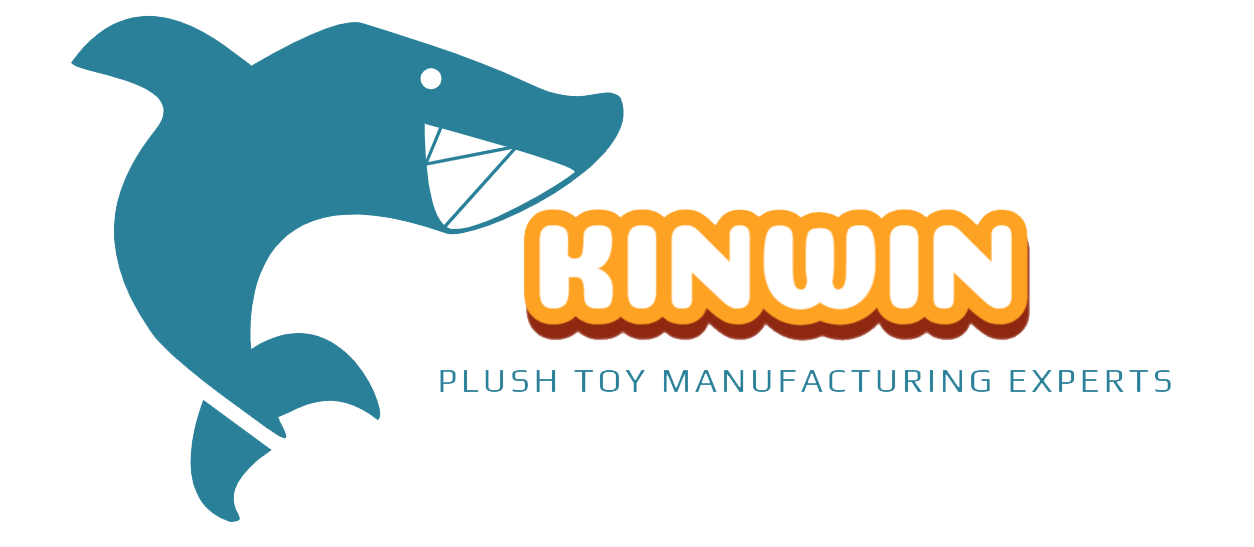Einführung
Ordering bulk plush toys can feel like a high-stakes puzzle. Minimum Order Quantities (MOQs) and lead times often trip up B2B buyers, risking overstock or delayed deliveries. Getting it wrong hurts profitability and supply chain efficiency.
That’s where smart planning comes in. By mastering plush toy MOQ and lead times, businesses can cut costs and streamline orders. This guide breaks down actionable strategies to help retailers and brand managers navigate bulk orders with confidence.
What is Plush Toy MOQ and Why It Matters
When diving into plush toy manufacturing, one term you’ll hear a lot is plush toy MOQ. MOQ stands for Minimum Order Quantity, the smallest batch size a manufacturer requires to start production. For B2B buyers, understanding plush toy MOQ is key to managing costs and planning orders effectively.
Defining MOQ: The Minimum Batch Size in Plush Toy Production
In plush toy manufacturing, MOQ is the lowest number of units a factory will produce in one run. It ensures factories cover setup costs, like machine calibration and material prep, without losing money. For buyers, this means balancing order size with budget and storage needs.
Manufacturers like KINWIN set MOQs to streamline production while offering flexibility. For example, smaller MOQs can help indie creators, while larger ones suit big retailers. Knowing this helps buyers pick the right supplier for their scale.
How MOQs Balance Manufacturer Efficiency and Buyer Costs
MOQs exist to make production efficient. Factories save time and resources by running larger batches, which lowers per-unit costs. For buyers, this can mean better prices but also requires bigger upfront investments.
High MOQs might seem daunting, but they often signal quality and consistency. The trick is finding a manufacturer with flexible MOQs that match your budget. This balance lets businesses, big or small, optimize costs without overstocking.
Typical MOQ Ranges for Plush Toys (500–2,000 Units)
In plush toy manufacturing, MOQs typically range from 500 to 2,000 units, depending on the toy’s complexity and customization. Simple designs might have lower MOQs, while custom mascots often require higher ones. KINWIN, for instance, offers adjustable MOQs to fit various business needs.
Why is MOQ high in plush toy manufacturing? Custom molds, unique fabrics, and safety testing add to setup costs, pushing MOQs up. Buyers should ask about MOQ flexibility to find cost-effective options.
Impact of MOQs on Small Businesses and Large Retailers
For small businesses, high MOQs can be a hurdle, tying up cash in inventory. Flexible MOQs, like those from KINWIN, let smaller buyers test markets without overcommitting. This is a “game-changer” for indie creators launching new designs.
Large retailers, on the other hand, benefit from high MOQs with lower per-unit costs. They can stock stores efficiently but need to plan for storage and demand. Understanding MOQs helps both groups align orders with goals.
Plush toy MOQ is the minimum batch size a manufacturer requires, helping businesses balance production costs with budget and inventory needs.
Plush Toy MOQ Comparison Table
| Manufacturer Type | MOQ Range (Units) | Per-Unit Cost ($) | Customization Level | Am besten für |
|---|---|---|---|---|
| Small-Scale Factory | 500–1,000 | 5–8 | Niedrig | Indie Creators |
| Mid-Tier Factory | 1,000–1,500 | 4–6 | Mäßig | Small Businesses |
| Large Factory | 1,500–2,000 | 3–5 | Hoch | Big Retailers |
| Custom Specialist | 2,000+ | 6–10 | Very High | Brand Mascots |
| Flexible MOQ (e.g., KINWIN) | 500–2,000 | 4–7 | Moderate–High | All Buyers |
Table Notes: Per-unit costs vary based on materials and complexity. Customization includes embroidery, unique shapes, or safety certifications. Flexible MOQs are measured by negotiation options, with KINWIN’s range based on 2024 industry data.
Factors Influencing Plush Toy MOQs and Lead Times
Navigating Plüschtier-Großbestellungen involves understanding what drives plush toy MOQ and lead times. These factors—design complexity, material sourcing, production scale, and seasonal demand—shape costs and timelines. Knowing them helps buyers plan smarter and avoid delays.
Design Complexity: How Custom Features Increase MOQs and Lead Times
Custom plush toys with unique shapes, embroidery, or accessories often require higher MOQs. Complex designs need specialized molds and longer setup, extending the plush toy production process. For example, a custom mascot might push lead times to 60 days versus 45 for standard designs.
Buyers can reduce delays by simplifying designs early. KINWIN’s team often advises on tweaks to balance creativity and efficiency. This keeps MOQs and timelines manageable.
Material Sourcing: Impact of Specialty Fabrics and Availability
Specialty fabrics, like eco-friendly or hypoallergenic materials, can raise plush toy MOQ and extend lead times. Limited supplier availability or custom dyeing processes add weeks to sourcing. For instance, organic cotton might delay production by 10–15 days compared to standard polyester.
Early material selection is key. KINWIN’s 45–60-day timelines assume standard fabrics but adjust for specialty orders. Planning ahead ensures smoother supply chains.
Production Scale: Manufacturer Capacity and Batch Size Requirements
Factory capacity dictates MOQs and lead times in the plush toy production process. Smaller factories might offer low MOQs but take longer due to limited machines. Larger ones, like KINWIN, handle Plüschtier-Großbestellungen faster but may require higher MOQs for efficiency.
What affects the lead time in plush toy manufacturing? Available production slots and batch size matter. Flexible MOQs help small businesses scale without long waits.
Seasonal Demand and Its Effect on Manufacturing Schedules
Peak seasons, like pre-holiday rushes, spike demand and stretch lead times. Factories prioritize large orders, pushing smaller ones to the back. This can add 2–3 weeks to standard 45-day timelines.
Early forecasting is a “clutch move” for buyers. KINWIN suggests ordering 3–4 months before peak seasons to secure slots. This keeps MOQs flexible and deliveries on track.
Design complexity, material sourcing, production scale, and seasonal demand drive plush toy MOQ and lead times, but early planning can optimize both.
Plush Toy Production Factors Table
| Factor | MOQ Impact | Lead Time Impact (Days) | Cost Implication | Mitigation Strategy |
|---|---|---|---|---|
| Design Complexity | High (1,000+ units) | +10–15 | Higher mold costs | Simplify designs early |
| Specialty Fabrics | Moderate (500–1,000) | +10–20 | Premium material costs | Choose standard fabrics |
| Limited Factory Capacity | Low (500–800) | +15–25 | Higher per-unit cost | Select larger factories |
| Peak Season Demand | High (1,500+) | +14–21 | Rush fees possible | Order 3–4 months early |
| Flexible MOQ (e.g., KINWIN) | Low (500–2,000) | 45–60 | Balanced costs | Negotiate terms early |
Table Notes: MOQ impact based on 2024 industry trends. Lead times reflect KINWIN’s data for standard vs. custom orders. Costs vary by material and rush fees.
Strategies for Small Businesses to Manage Plush Toy MOQs
Navigating plush toy MOQ can be tough for small businesses and indie creators. High minimum order quantities often strain budgets and limit scalability. Here are practical strategies to manage plush toy MOQ affordably while ensuring successful wholesale plush toys orders.
Simplifying Designs to Lower MOQ Requirements
Complex designs with custom shapes or embroidery often increase MOQs due to setup costs. Simplifying features, like using standard patterns, can lower plush toy MOQ to 500–1,000 units. This approach reduces costs and speeds up production for custom plush toy manufacturing.
Work with designers early to balance creativity and affordability. KINWIN’s team often suggests tweaks to keep designs unique yet cost-effective. This helps small businesses launch products without breaking the bank.
Partnering with Manufacturers Offering Flexible MOQs
Suche nach plush toy manufacturers with low MOQ is key for small businesses. Flexible MOQs, like KINWIN’s starting at 1,000 units, let creators test markets without overstocking. These partnerships make custom plush toy manufacturing accessible and scalable.
How to negotiate lower MOQ for plush toys? Build relationships and discuss long-term orders. Manufacturers like KINWIN may adjust terms for repeat clients, easing financial pressure.
Phased Ordering to Spread Costs and Minimize Risk
Phased ordering splits large orders into smaller batches, spreading costs over time. For example, ordering 500 units now and 500 later reduces upfront investment. This strategy minimizes risk while meeting wholesale plush toys demand.
Plan phases with manufacturers to align with sales cycles. KINWIN supports phased schedules, helping businesses manage cash flow. It’s a "unproblematisch" for indie creators with tight budgets.
Leveraging Stock Fabrics for Faster Production
Specialty fabrics increase MOQs and lead times due to sourcing challenges. Using stock fabrics, like standard polyester, cuts costs and speeds up production. This keeps MOQs low and deliveries within 45–60 days.
KINWIN offers a range of stock fabrics for quick turnaround. Small businesses can still create appealing designs without custom material delays. Ask suppliers for fabric catalogs to make informed choices.
Simplifying designs, partnering with flexible manufacturers, phased ordering, and using stock fabrics help small businesses manage plush toy MOQ affordably.
MOQ Management Strategies Table
| Strategy | MOQ Reduction | Cost Savings | Lead Time Impact | Am besten für |
|---|---|---|---|---|
| Simplify Designs | 500–1,000 units | 10–20% | –5–10 days | Indie Creators |
| Flexible MOQ Partners | 1,000–1,500 | 5–15% | Neutral | Small Businesses |
| Phased Ordering | 500–800 per phase | Spread costs | +10–15 days | Cash-Strapped Buyers |
| Stock Fabrics | 500–1,000 | 15–25% | –10–15 days | Fast Turnaround |
| Negotiation (e.g., KINWIN) | 500–1,500 | 5–10% | Neutral | Repeat Clients |
Table Notes: MOQ reductions based on 2024 KINWIN data. Cost savings reflect material and setup efficiencies. Lead times vary by factory capacity and order terms.
Optimizing Lead Times for Custom Plush Toy Orders
Managing lead times for Plüschtier-Großbestellungen is critical for meeting retail or promotional deadlines. From design to delivery, every step in the plush toy production process affects timelines. Here’s how to streamline production and ensure timely delivery.
Streamlining the Design and Prototyping Process
Custom designs often extend lead times due to prototyping. Simplifying features or using existing molds can cut prototyping to 7–10 days. Early feedback during this phase prevents costly revisions.
KINWIN’s design team provides rapid prototypes, often within a week. This speeds up approvals and keeps the plush toy production process on track. Start with clear specs to avoid delays.
Importance of Clear Communication with Suppliers
Clear supplier communication prevents misunderstandings that delay production. Regular updates on design, materials, and timelines ensure alignment. For example, KINWIN’s dedicated managers offer weekly progress reports.
How to negotiate lower MOQ for plush toys? Open dialogue about plush toy MOQ and timelines can unlock flexible terms. This builds trust and keeps projects moving smoothly.
Role of Safety Standards (ASTM, EN71) in Production Timelines
Safety standards like ASTM and EN71 require testing, adding 5–15 days to lead times. Pre-approved materials speed up compliance checks. KINWIN’s in-house testing ensures toys meet global standards without delays.
Plan for testing early in the plush toy production process. Ask suppliers about pre-certified fabrics to shave days off timelines. This is key for Plüschtier-Großbestellungen targeting regulated markets.
Logistics Planning to Avoid Shipping Delays
Shipping delays can derail tight schedules. Booking freight early and using reliable logistics partners minimizes risks. KINWIN’s logistics services coordinate sea or air shipping for on-time delivery.
Factor in 10–20 days for international shipping. Clear customs paperwork and pre-planned routes are a “total win” for avoiding bottlenecks. Always confirm timelines with logistics providers.
Streamlining design, clear supplier communication, safety compliance, and logistics planning can cut lead times for custom plush toy orders significantly.
Lead Time Optimization Factors Table
| Factor | Lead Time Impact (Days) | Cost Implication | Mitigation Strategy | Benefit |
|---|---|---|---|---|
| Complex Prototyping | +7–14 | Higher mold costs | Use existing molds | Faster approvals |
| Poor Communication | +5–10 | Revision costs | Weekly updates | Alignment |
| Safety Testing | +5–15 | Testing fees | Pre-certified materials | Compliance |
| Shipping Delays | +10–20 | Rush fees | Early freight booking | On-time delivery |
| Flexible MOQ (e.g., KINWIN) | 45–60 | Balanced costs | Negotiate terms | Skalierbarkeit |
Table Notes: Lead time impacts based on 2024 KINWIN data. Costs reflect testing and logistics fees. Mitigation strategies align with industry best practices.
Balancing Plush Toy MOQs and Profitability in Bulk Orders
Ordering wholesale plush toys involves balancing plush toy MOQ with profitability. The right order size maximizes cost savings while minimizing inventory risks. Here’s how buyers can optimize minimum order quantity plush toys to boost margins and meet demand.
How Higher MOQs Lower Per-Unit Costs
Higher MOQs reduce per-unit costs by spreading setup expenses, like molds and labor, across more units. For example, a 2,000-unit order might cost $4 per toy, while 500 units could cost $7. KINWIN’s scalable production keeps costs low for larger wholesale plush toys orders.
Why is MOQ high in plush toy manufacturing? Custom features and safety testing increase setup costs, making larger batches more economical. Buyers should weigh savings against storage needs.
Risks of Overstocking and Inventory Management
High MOQs can lead to overstocking, tying up capital and risking unsold inventory. Excess stock may require discounts, cutting profits. Effective inventory management, like just-in-time ordering, helps avoid these pitfalls.
KINWIN’s flexible MOQs, starting at 1,000 units, let small businesses order conservatively. This reduces storage costs and keeps cash flow “on point”. Plan orders to match sales cycles.
Aligning Order Sizes with Demand Forecasting
Accurate demand forecasting aligns plush toy MOQ with market needs. Analyze past sales, trends, and seasonal peaks to set order sizes. KINWIN’s team offers insights to refine forecasts, ensuring orders meet demand without excess.
Start forecasting 3–6 months ahead, especially for holidays. This prevents stockouts or overstocking in minimum order quantity plush toys. Data-driven planning drives profitability.
Cost-Benefit Analysis of Flexible vs. High MOQs
Flexible MOQs suit small businesses, offering scalability with less risk. High MOQs favor large retailers, cutting costs but requiring storage. A cost-benefit analysis helps choose the best approach for wholesale plush toys.
KINWIN’s adjustable MOQs balance both worlds, supporting orders from 1,000 to 2,000 units. Evaluate budget, demand, and storage to pick the right MOQ. This ensures profitability without overcommitment.
Balancing plush toy MOQ with demand forecasting and inventory management maximizes profitability while minimizing overstock risks.
MOQ Cost-Benefit Analysis Table
| MOQ Type | Order Size (Units) | Per-Unit Cost ($) | Bestandsaufnahme Risiko | Am besten für |
|---|---|---|---|---|
| Low MOQ | 500–1,000 | 6–8 | Niedrig | Indie Creators |
| Flexible MOQ | 1,000–1,500 | 5–7 | Mäßig | Small Businesses |
| High MOQ | 1,500–2,000 | 4–6 | Hoch | Large Retailers |
| Custom High MOQ | 2,000+ | 5–9 | Very High | Brand Mascots |
| KINWIN Flexible | 1,000–2,000 | 5–6 | Mäßig | All Buyers |
Table Notes: Per-unit costs based on 2024 KINWIN data. Inventory risk reflects storage and obsolescence potential. Best-for categories align with market trends.
Schlussfolgerung
Navigating plush toy MOQs and lead times doesn’t have to be a headache. From my years in the toy industry, I’ve learned that smart planning—balancing order sizes, simplifying designs, and forecasting demand—can save you time and money. It’s all about aligning your goals with what’s practical.
Whether you’re a small business testing the waters or a retailer stocking up, choosing a flexible manufacturer like KINWIN makes the process smoother. Their adjustable MOQs and streamlined production keep things efficient without sacrificing quality.
Moving forward, focus on clear communication and early planning to dodge delays and overstock. Getting this right is a “total win” for your bottom line and peace of mind. What’s your next step to optimize your plush toy orders?
FAQ
-
Q1: What does MOQ mean in plush toy manufacturing?
A1: MOQ stands for ‘Minimum Order Quantity’ and refers to the smallest number of products that a manufacturer is willing to produce. In plush toy manufacturing, this can range from 100 to over 1,000 pieces, depending on the factory and customization requirements.
-
Q2: Why are MOQs high in plush toy manufacturing?
A2: High MOQs in plush toy manufacturing are often due to the fixed costs associated with production processes, such as creating molds and patterns, setting up machinery, and the economies of scale required to lower overall costs.
-
Q3: How can I negotiate a lower MOQ for plush toys?
A3: Negotiating a lower MOQ can involve discussing your needs with the manufacturer, potentially agreeing to a higher price per unit, or committing to multiple orders. Building a relationship with the supplier can also improve negotiation outcomes.
-
Q4: What are the lead times for plush toy manufacturing?
A4: Lead times for plush toy manufacturing can vary widely, generally ranging from 4 weeks to 12 weeks depending on the complexity of the design, the quantity ordered, and the manufacturer’s schedule.
-
Q5: What factors influence plush toy production costs?
A5: Plush toy production costs are influenced by materials used, design complexity, labor costs, and the scale of the production. Larger orders generally result in lower per-unit costs due to economies of scale.
-
Q6: Can I order plush toys with a low MOQ?
A6: Yes, some manufacturers offer more flexible MOQs, potentially as low as 50 or 100 pieces, especially for in-stock items. Custom designs generally require a higher MOQ.
-
Q7: What is the typical process for manufacturing plush toys?
A7: The typical process involves designing the toy, creating a prototype, selecting materials, and manufacturing the plush toys in bulk. Quality assurance checks are usually conducted before shipping.
-
Q8: Are there any manufacturers who offer no MOQ for custom plush toys?
A8: Some manufacturers, like CustomPlushMaker, do offer custom plush toys with no MOQ, but this may involve higher costs per unit and limited options for customization.
Externe Links
- Plush Toy Production Costs: What You Need to Know
- Low MOQ Manufacturing of Custom Plush Toys for Small Businesses
- Why Are MOQ for Custom Plush Toys So High?
- From concept to production: how to manufacture stuffed toys…
- Balancing Cost and Quality: A Guide to Custom Plush Toys
- Custom Plush Pet Toys Factory With MOQ
- The Ultimate Guide to Custom Plush Toys Manufacturing
- Custom Plush Toys | Low MOQ | Unique Designs
